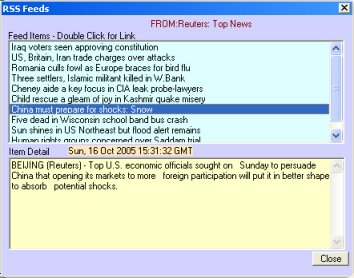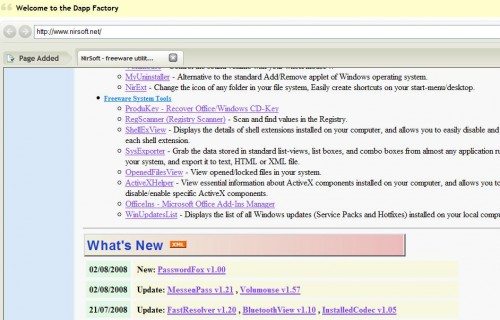
Get the RSS Feed from the page source:The best way to obtain the RSS Link is to find it directly in the page source. Look for the RSS icon:Some websites have an orange RSS icon (as shown below) to signal users where they can find the RSS feed. If you can find such an icon on the website, click it.

The best use case for adding the RSS feed is for a website's blog posts you want to share. If you want to bring posts to your SocialBee Content Categories via RSS feeds, you first need to find the RSS feed code on the website.

Use a browser extension to ease your searchĭo you prefer video tutorials? Watch the video below to learn how to find the RSS feed of a website. But if what you want to see is all of the most recent content from the sites and people you care about, RSS beats social media every time.4. If you mostly want to see content lots of people liked or interacted with, social media is the way to go. There's no algorithm deciding what you do/don't want to see, there's no old content thrown into the list, and there are no repeats of content. RSS feeds, on the other hand, deliver all of the content the sites you follow have published-all in reverse chronological order. If what you want to see is everything, you're usually out of luck. Instead, they use algorithms that decide what you want to see and surface that content first. Second, social media sites rarely show you everything posted by the accounts you follow. There's no guarantee that you'll happen to notice new content in your feed among all of the clutter. For one, some brands post every fifteen minutes of every day with links to new and old content alike. But following brands and authors on social media isn't the best way to keep up with their new content. RSS started to fall out of favor as social media became more common. New to Zapier? It's a tool that helps anyone connect apps and automate workflows-without any complicated code. But even if your preferred email newsletter app doesn't offer this feature, you can build a Zap (automated workflow by Zapier) that connects your email tool to RSS by Zapier to automate the process. Many email newsletter apps-including MailerLite and Mailchimp-offer RSS-to-email features by default. Then, you go in, add a subject line, select a list, and click Send to streamline your newsletter creation process. to build your email newsletters automatically.įor example, if your email newsletter is a list of your most recently published posts with titles, links, and brief descriptions, you can push those details via RSS to your email newsletter tool so you don't have to copy and paste those details in manually. If you're a publisher, you can use an RSS feed for your blog, podcast, YouTube channel, social media profile, etc. RSS is a great way to keep track of the content your favorite publishers are posting, but it also works well from the other side of the fence, too.


 0 kommentar(er)
0 kommentar(er)
